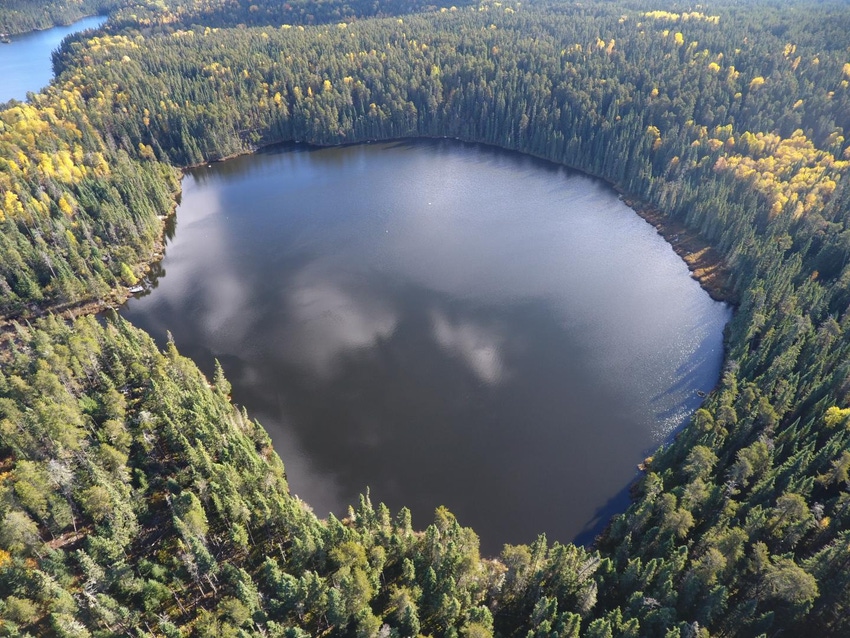Reducing how much nitrogen enters a lake has little impact on algal blooms, but phosphorus is key driver.
December 20, 2017

Lakes suffering from harmful algal blooms may not respond to reduced or even discontinued artificial nitrogen loading, according to the International Institute for Sustainable Development (IISD). The blue-green algae responsible for algal blooms often can fix atmospheric nitrogen dissolved in the water, so water stewards should, therefore, focus their efforts on removing phosphorus from lakes to combat algal blooms.
This is according to a recently published article in Springer's Ecosystems journal titled "Biological Nitrogen Fixation Prevents the Response of a Eutrophic Lake to Reduced Loading of Nitrogen: Evidence from a 46-Year Whole-Lake Experiment." The paper presents the results of a 46-year whole-ecosystem experiment at IISD Experimental Lakes Area in northwestern Ontario.
Algal blooms are unsightly growths on water bodies that can produce toxins harmful to humans and animals, affect drinking water supplies, cause low oxygen "dead zones" that result in fish kills and a number of other negative consequences. Many freshwater lakes around the globe, including Lake Erie, Lake Winnipeg and Lake Taihu, have suffered from algal blooms for decades.
Since 1969, researchers have been artificially manipulating a lake by adding varying amounts of carbon, nitrogen and phosphorus to investigate the nutrients responsible for algal blooms, and they have continually added phosphorus throughout the experiment.
Then, 40 years ago, the researchers began reducing the amount of nitrogen they were adding to the lake, and from 1990 to 2013, they cut the artificial nitrogen loading to zero. Despite these dramatic cuts in nitrogen loading, algal blooms continued to cover the lake.
"We have been researching the role of artificial nitrogen in algal blooms for almost 50 years now, and these latest results clearly demonstrate that ceasing nitrogen loading into lakes has little effect on the size or duration of algal blooms," said Dr. Scott Higgins, research scientist at the IISD Experimental Lakes Area and lead author on the paper.
"A number of algal species can make up for nitrogen deficits by fixing atmospheric nitrogen that is dissolved in the water. What is clear here is that phosphorus is the key driver of algal blooms in lake environments," Higgins added.
These results have implications for policy geared towards reducing algal blooms, especially in jurisdictions facing limited budgets.
"When governments are tackling algal blooms while working with limited resources, these results demonstrate that their efforts should be firmly focused on reducing phosphorus loading in lakes," said Dr. Michael Paterson, senior research scientist at the IISD Experimental Lakes Area and secondary author on the paper.
Research at the IISD Experimental Lakes Area's freshwater laboratory identified phosphorus as the leading cause of algal blooms in lakes back in the 1970s in a groundbreaking experiment on a whole lake ecosystem.
The IISD Experimental Lakes Area is a natural laboratory comprised of 58 small lakes and their watersheds set aside for scientific research. Located in a sparsely populated region of northwestern Ontario, the lakes in the region are not affected by human activities. IISD took over operation of the area in 2014.
IISD’s independent, evidence-based approach to the development of policy recommendations and tools complements the facility’s scientific foundation. IISD and the Experimental Lakes Area working together strengthens efforts to address global freshwater issues by directly applying world-class scientific research to create innovative policy solutions for regional and global water management.
You May Also Like


.png?width=300&auto=webp&quality=80&disable=upscale)
